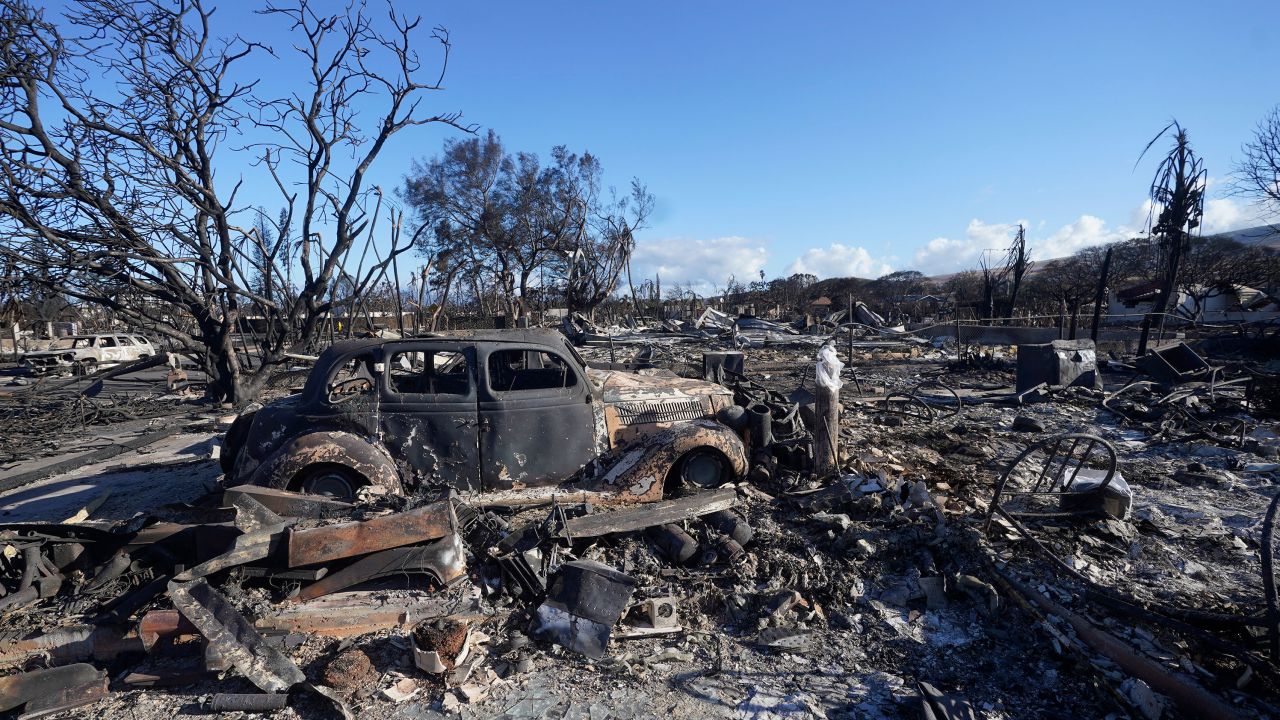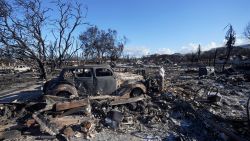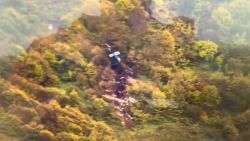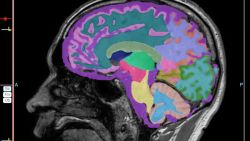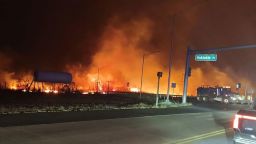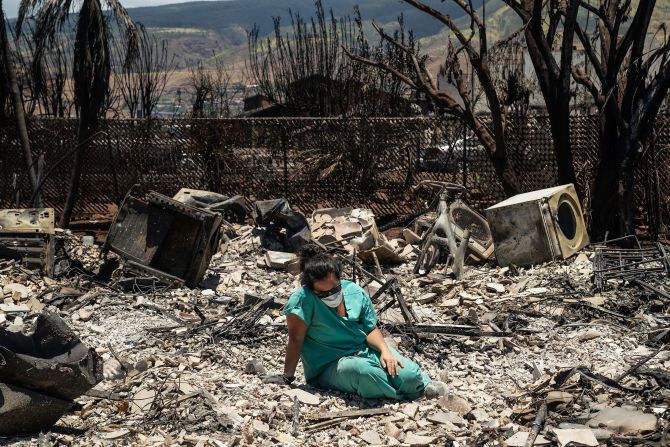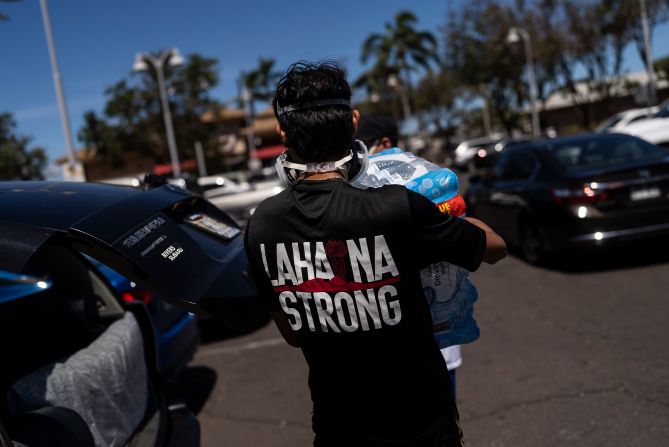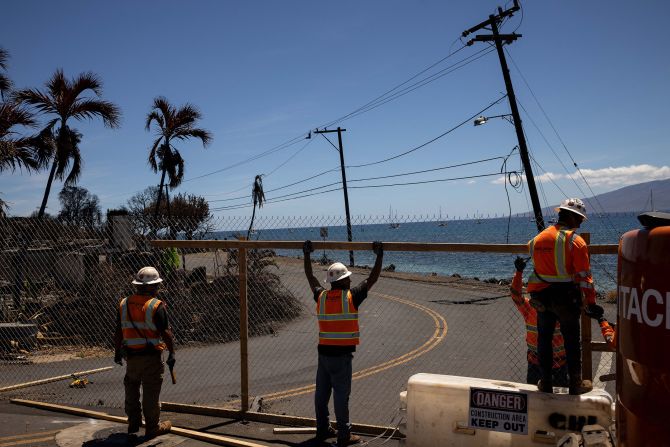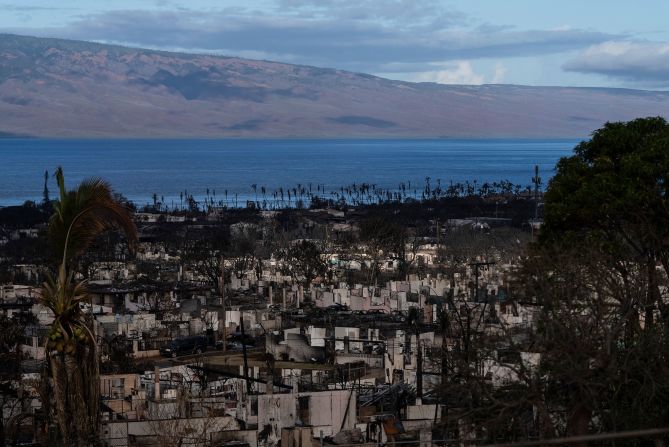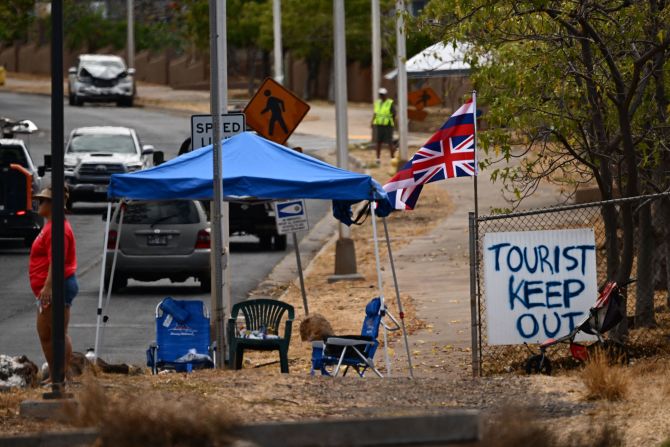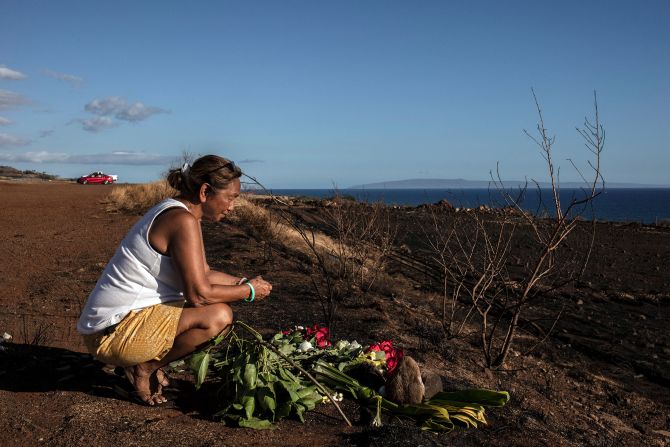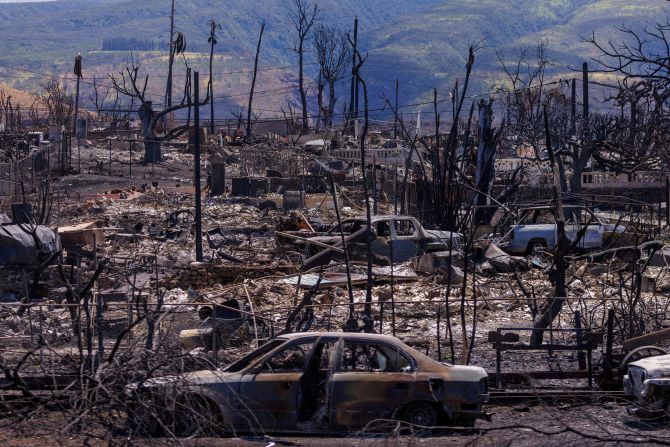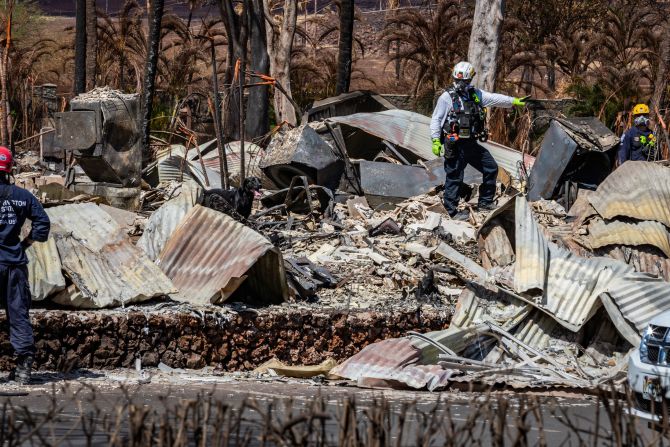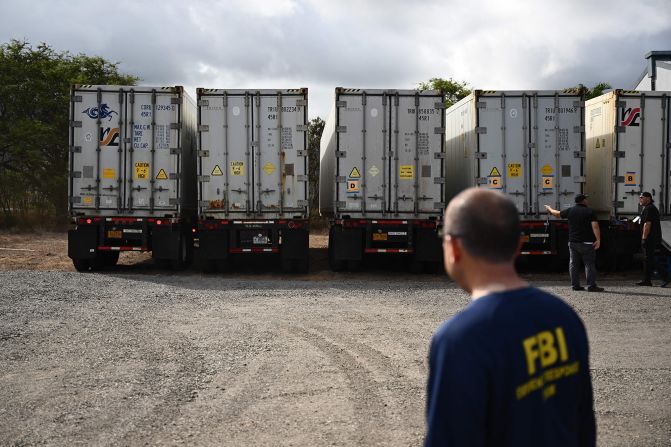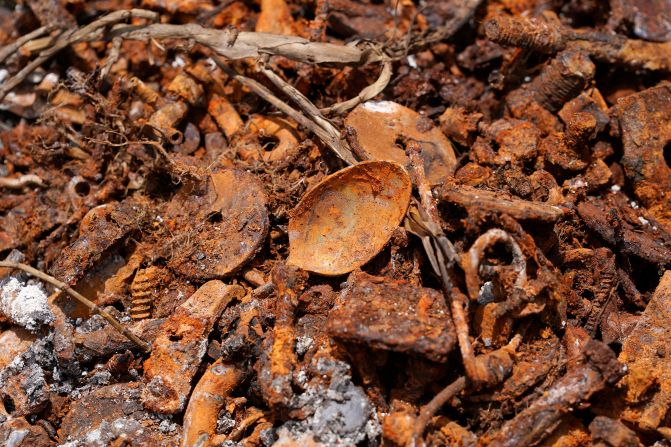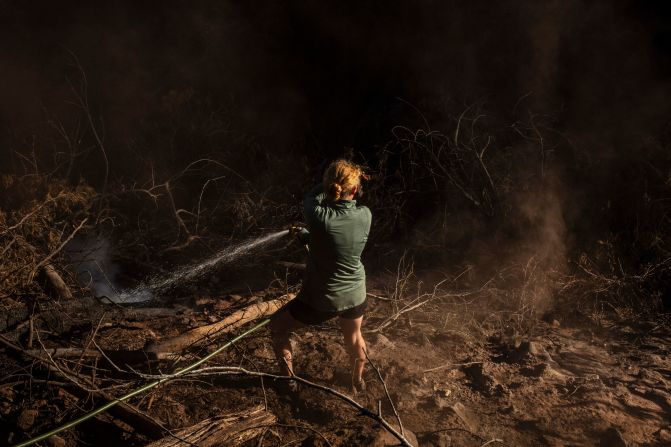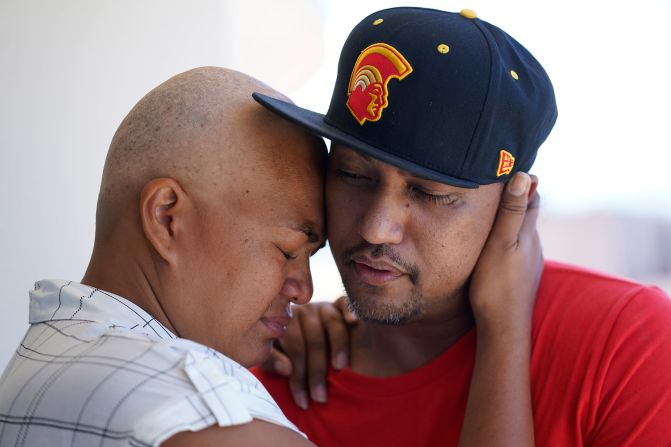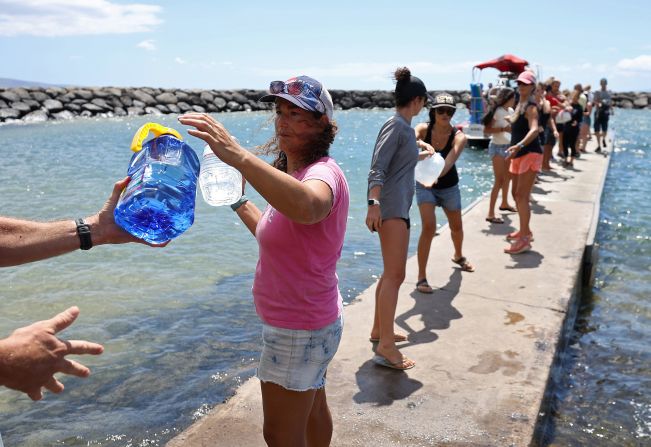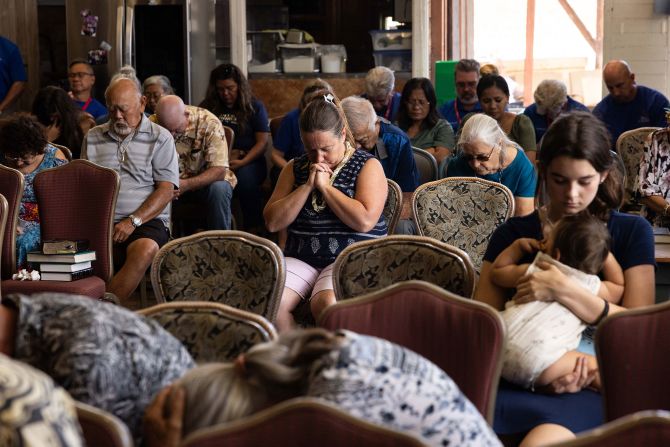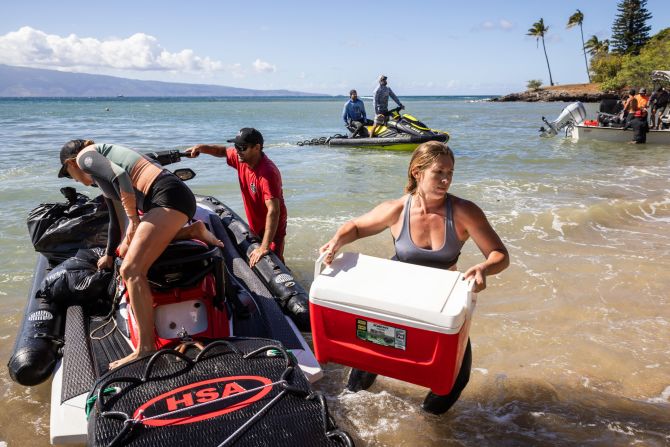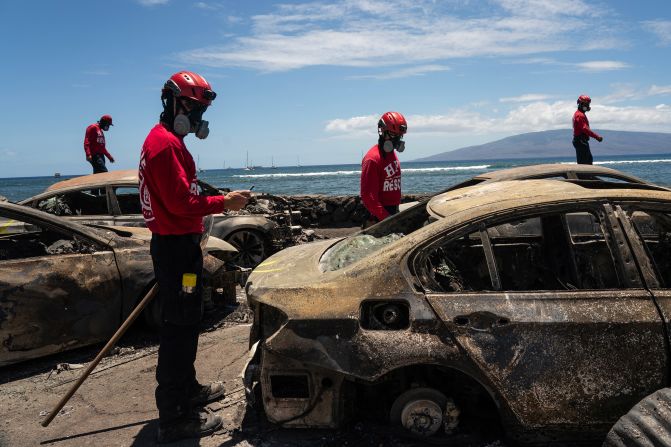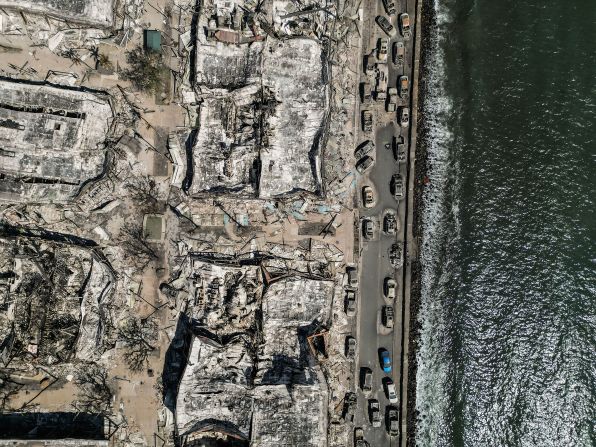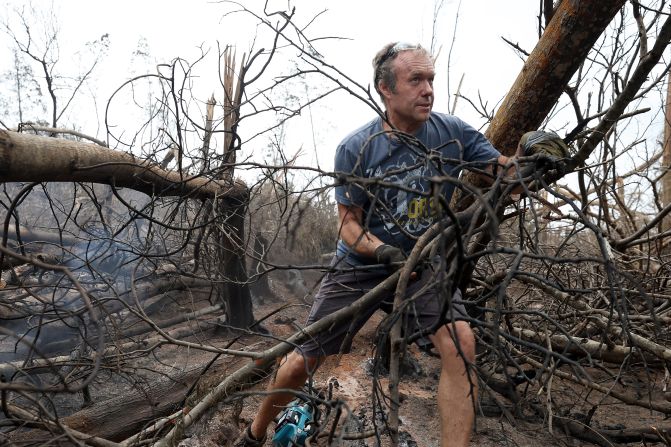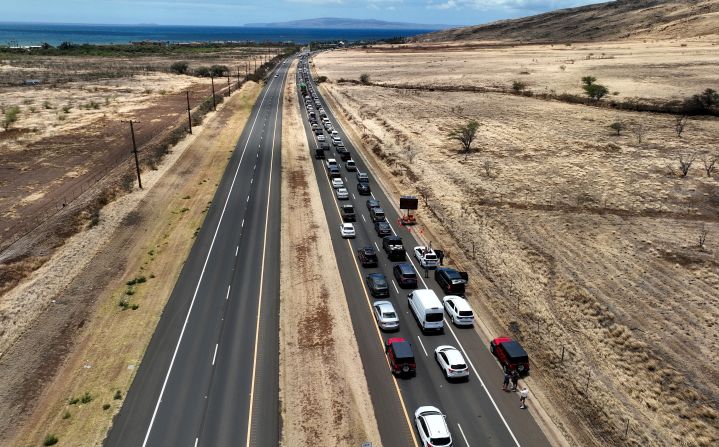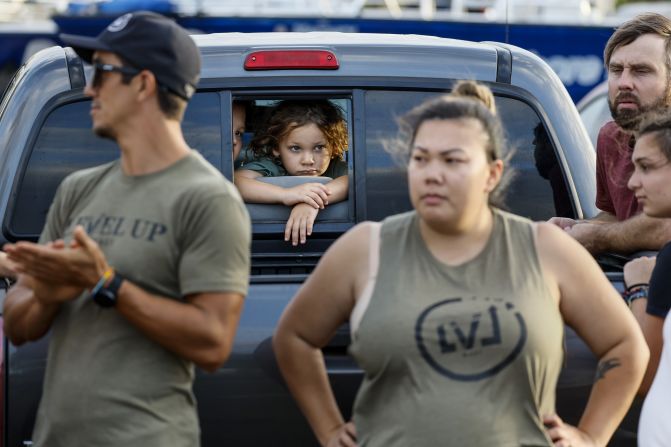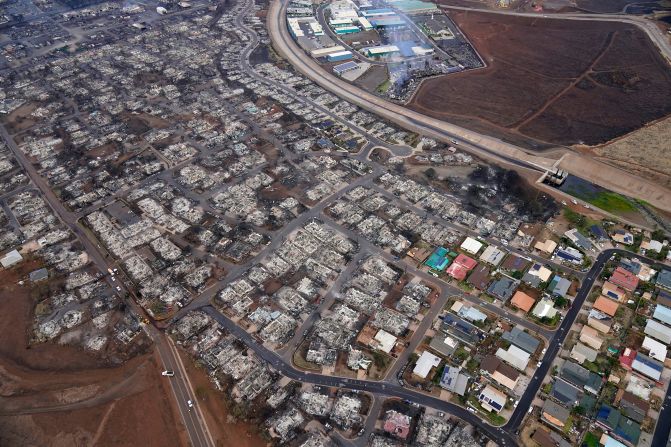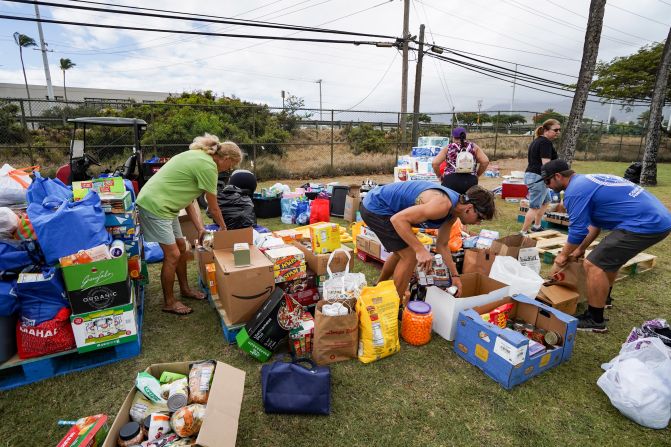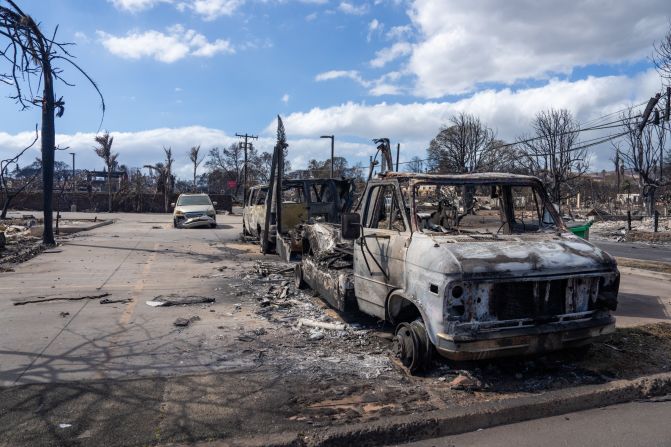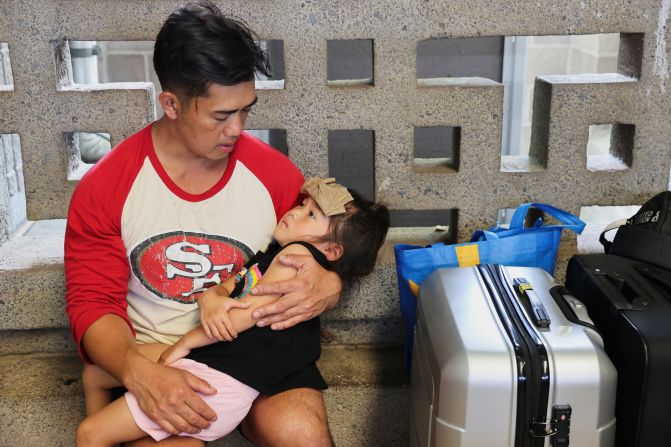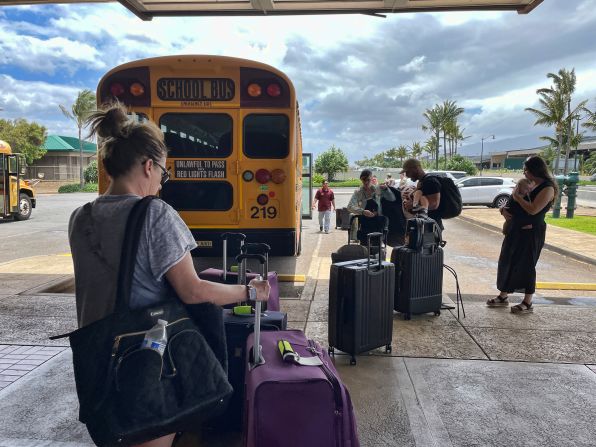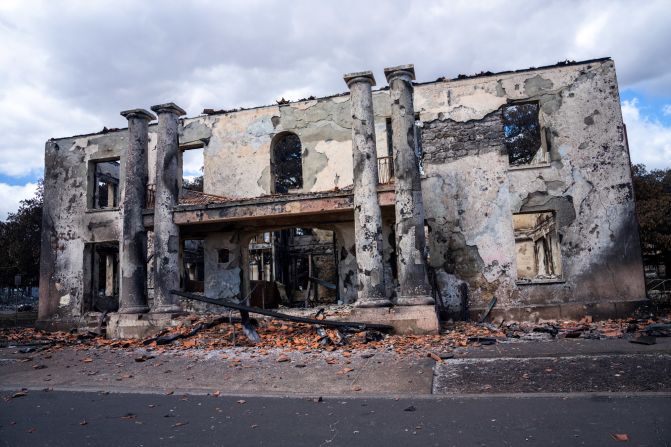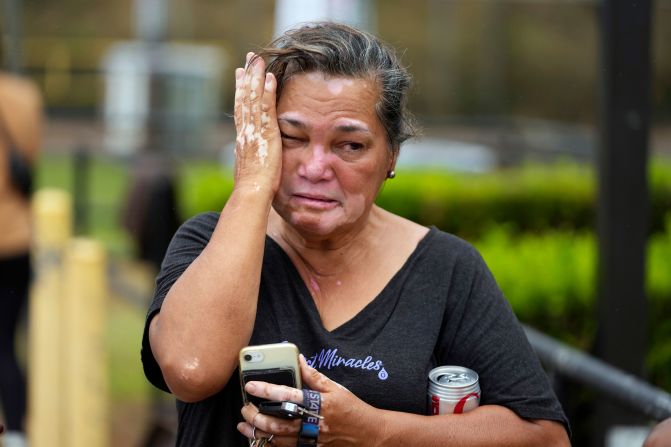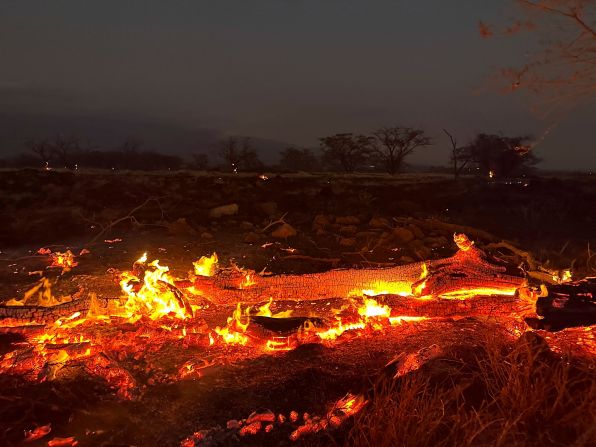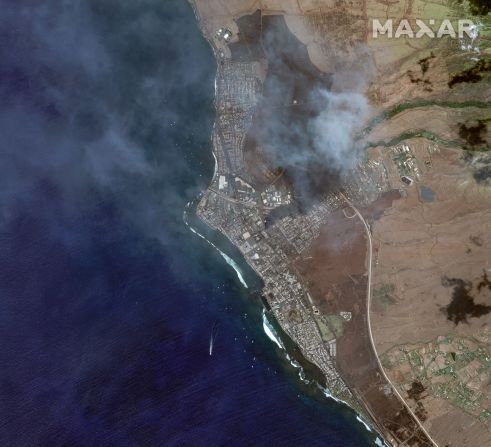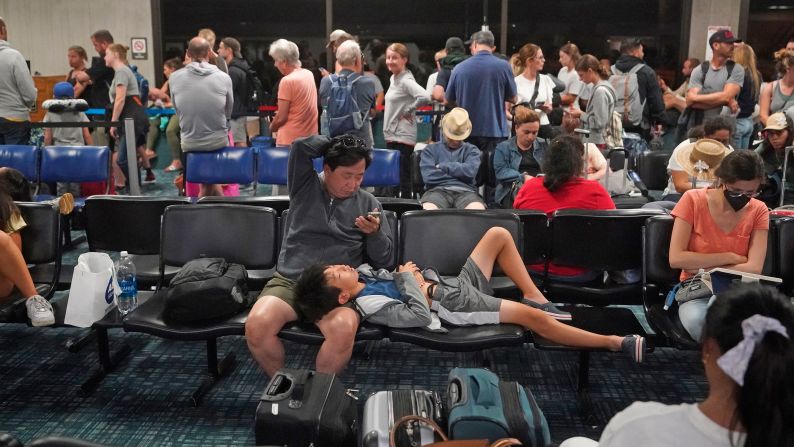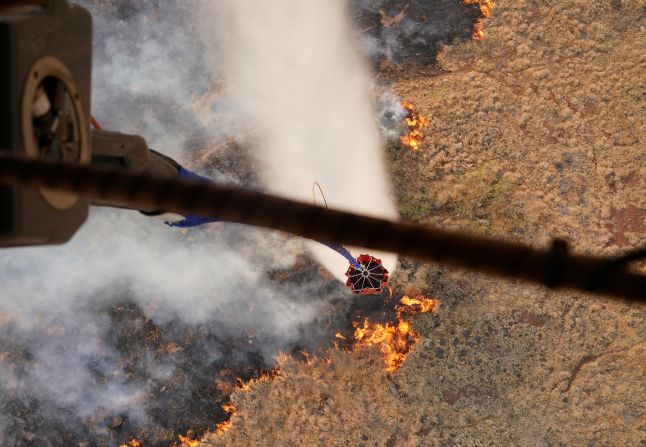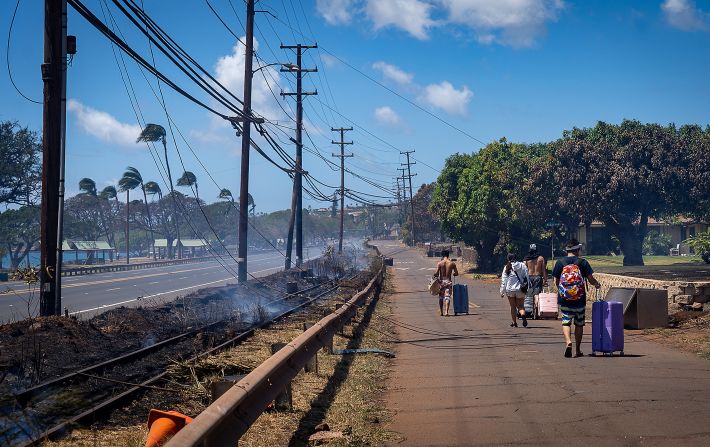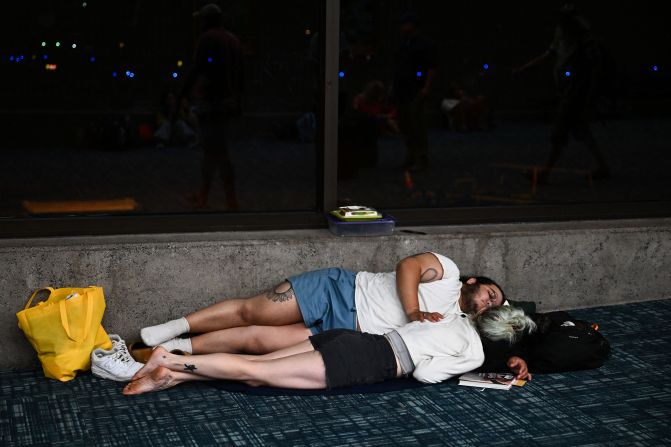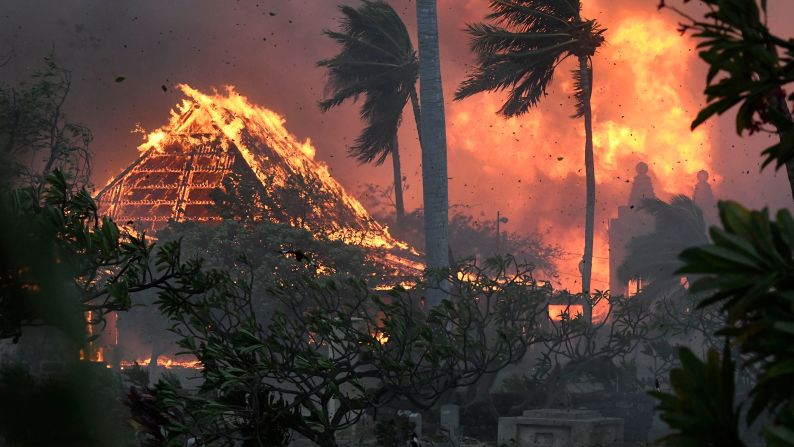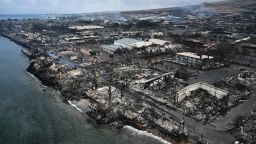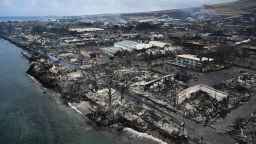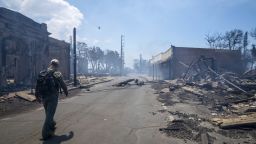Crews in west Maui are doing the devastating work of sifting through the ashes of incinerated homes and beloved landmarks as the death toll from the deadliest US wildfire in more than 100 years is still rising.
As of Monday afternoon, officials confirmed 99 people have died, up from the previous count of 96. Hawaii Gov. Josh Green told CNN Monday the death toll would likely increase “very significantly” and could double over the next 10 days.
The names of victims whose families have been notified will be released Tuesday, Maui Police Department Chief John Pelletier announced during a news conference Monday.
An unknown number of people are still unaccounted for as search teams with cadaver dogs look for remains in devastated neighborhoods. “A lot of people had to run and left all of what they had behind. So, they don’t have their phones,” Green added.
The governor said his “heart also goes out” to people who haven’t been able to return to Lahaina but emphasized the importance of allowing first responders time and space to identify the deceased.
One of the victims was identified Monday as Franklin “Frankie” Trejos, 68, who died while trying to help others and save his home. Another was identified by her family as Carole Hartley, 60, a long-time Maui resident who died while trying to evacuate.
Live Updates: Maui wildfires leave a trail of death and destruction
As the death toll rises, officials are facing questions about their preparation for a disaster of this scale and their response to it:
• While the deadly fires spread rapidly into neighborhoods, the largest siren system in the world was silent. Emergency communications with residents were largely limited to mobile phones and broadcasters at a time when most power and cell service was already knocked out.
• The state’s main electric provider, Hawaiian Electric, is facing a lawsuit claiming power lines blown over by high winds helped to cause the destructive Lahaina wildfire, though an official cause of the wildfire has not yet been determined.
• Hawaii’s emergency management agency reported last year the risk posed by wildfires to human life was low. Officials underestimated the deadly threat of wildfires even as they acknowledged a lack of necessary resources to mitigate them, records show.
“This is the largest natural disaster we’ve ever experienced,” Green said at a Saturday night news conference. “It’s going to also be a natural disaster that’s going to take an incredible amount of time to recover from.”
The Maui wildfires are the deadliest in the US in more than a century, surpassing the California’s 2018 Camp Fire, according to the National Fire Protection Association.
While the Federal Emergency Management Agency earlier Saturday said it was premature to assign even an approximate dollar amount to the damage done on Maui, the governor estimated “the losses approach $6 billion.”
Firefighters have made progress against the three largest wildfires, but the deadly fire in hard-hit Lahaina, covering more than 2,000 acres, was only 85% contained by Sunday afternoon.
In pictures: The deadly Maui wildfires
‘It seemed like an apocalypse’
As searches of the burned ruins continue, officials said they don’t know exactly how many people are still unaccounted for. It’s unclear how many of those still missing simply have not yet been able to communicate with their loved ones or the authorities.
By Monday, around 25% of the fire zone had been searched with cadaver dogs as more resources arrive, up from just 3% Saturday, Pelletier said.
“None of us really know the size of it yet,” he said.
While some have turned up in shelters, families are still desperately searching for loved ones. US Sen. Mazie Hirono of Hawaii said there is “a call for people to come in to provide DNA.”
Read more
Of the dozens found dead across the burn area, only two people had been identified as of Saturday, according to Maui County.
“The remains we’re finding is through a fire that melted metal. We have to do rapid DNA to identify everyone,” Pelletier said.
There have been some stories of hope: A grandfather finally reached his family three days after they last heard from him.
Brittany Talley and her family last heard from her grandfather, Timm “TK” Williams Sr., on Wednesday when the 66-year-old man sent a photo of a raging wildfire on Maui as he evacuated from Kaanapali.
On Saturday, Williams was able to get enough signal on his cell phone to text Talley’s mother, telling the family he was safe, Talley told CNN.
“Thousands of people are experiencing the worst moment of their lives right now, so receiving a text was a small gesture, but a huge blessing for my entire family,” Talley said.
Trejos, the 68-year-old victim, died trying to escape the Lahaina fire, his niece Kika Perez Grant told CNN.

After the fire, Perez Grant said the family received a call from Trejos’ roommate letting them know he wasn’t sure if Trejos had made it out alive.
“We kept hope alive but then his roommate called us again a few hours later to tell us he had found Uncle Frankie’s remains,” Perez Grant said. His remains were found on top of his roommate’s dog, who also died, she said.
Trejos had lived in Lahaina for the last 30 years, according to his niece.
“Uncle Frankie was a kind man, a nature lover, an animal lover and he loved his friends and his families with this whole heart,” Perez Grant said.
Tasha Pagdilao, a Maui firefighter, said she lost her uncle to the fire. She said her experience battling the flames was surreal.
“It seemed like an apocalypse,” Pagdilao told “CNN This Morning” on Monday. “Everything seemed to be on fire.”
She urged people to give the community time to heal before traveling into affected areas. “I know a lot of people (are) eager to get back into Lahaina and see what’s left, but give our first responders time,” she said.
Carole Hartley was described by her sister Donna Gardner Hartley as “a free spirit” who “always looked for the good in people and always helped others.”
Hartley and her partner, Charles Paxton, were trying to evacuate when the smoke overwhelmed the couple and they got separated, Gardner Hartley told CNN.
Charles was eventually found by his friends and organized a search party to look for Hartley; the search group found her remains on the couple’s property over the weekend, Gardner Hartley said.
Warning sirens were not activated
As people fled for their lives, Hawaii’s network of about 400 alarms, meant to alert residents to tsunamis and other natural disasters, was never activated, according to Hawaii Emergency Management Agency spokesperson Adam Weintraub.
Green told CNN Monday the “sirens were essentially immobilized, we believe, by the extreme heat that came through.” He added understanding exactly how the disaster unfolded will take time.
Hawaii Attorney General Anne Lopez is set to lead a comprehensive review of officials’ response to the catastrophic wildfires, her office announced Friday. The review will encompass “critical decision-making and standing policies leading up to, during, and after the wildfires,” the attorney general’s office said.
Meanwhile, Hawaii’s main electric provider is already facing a lawsuit claiming electrified power lines blown over by high winds helped to cause the Lahaina wildfire.
“By failing to shut off the power during these dangerous fire conditions, Defendants caused loss of life, serious injuries, destruction of hundreds of homes and businesses, displacement of thousands of people, and damage to many of Hawai’i’s historic and cultural sites,” says the complaint filed Saturday against Hawaiian Electric Industries and three subsidiaries, including the power servicing Maui.
“These power lines foreseeably ignited the fastmoving, deadly, and destructive Lahaina Fire, which destroyed homes, businesses, churches, schools, and historic cultural sites,” the lawsuit states.
Maui County Mayor Richard T. Bissen Jr. acknowledged Thursday power lines that were “still energized” had fallen on the roads, but the new lawsuit does not state exactly how the power lines allegedly caused the wildfire. An official cause of the wildfire has not yet been determined.
In a statement to CNN on Sunday, Hawaiian Electric vice president Jim Kelly said, “As has always been our policy, we don’t comment on pending litigation.”
“Our immediate focus is on supporting emergency response efforts on Maui and restoring power for our customers and communities as quickly as possible. At this early stage, the cause of the fire has not been determined and we will work with the state and county as they conduct their review,” Kelly told CNN in an email.
Kelly also told The New York Times precautionary shut-offs have to be arranged with first responders. “Electricity powers the pumps that provide the water needed for firefighting,” he said.
Lahaina wildfire traveled a mile every minute

The disaster began when simultaneous wildfires began spreading erratically Tuesday, suddenly engulfing homes, forcing harrowing escapes and displacing thousands. The most destructive and deadly of the fires, the Lahaina wildfire, traveled at an extraordinary speed, the governor said in a video update Sunday afternoon.
“When the winds rose up – winds gusting as high as 81 mph – fires spread rapidly,” Green said. “We believe between 60 mph and 81 mph across that part of the island, and that meant that fire traveled one mile every minute.”
By Tuesday afternoon, winds associated with powerful Hurricane Dora, passing hundreds of miles south of Hawaii, were fanning the flames of wildfires and multiple evacuations were announced for the Lahaina and Upcountry Maui fires.
The flames jumped across highways and suddenly showed up in people’s yards and homes.
The fire was moving “low to the ground and structure to structure – incredibly fast that outpaced anything the firefighters could have done in the early hours,” US Fire Administrator Lori Moore-Merrell said Saturday.
Lahaina is the hardest hit area

Around 2,200 structures have been destroyed or damaged because of the fires in western Maui, where Lahaina is located, according to Green. About 86% of the structures were residential, he added.
The “older neighborhood” of Lahaina, an economic hub in western Maui that drew millions of tourists each year, is destroyed, Bissen has previously said.
Historical and cultural sites in Lahaina have also been engulfed by the fires, a CNN analysis of new Maxar Technologies satellite imagery shows.
The devastation has displaced thousands of people, FEMA Administrator Deanne Criswell estimated. As of Friday night, a total of 1,418 people were at emergency evacuation shelters, according to Maui County officials.
By Monday night, the governor said people were beginning to leave shelters as more temporary housing becomes available.
More than 400 hotel rooms were secured in the last two days for those who have been displaced, Green said. And starting tomorrow, 1,400 units from Airbnb will be available, and another 160 citizens have stepped up to share their houses.
Criswell said at a Monday news conference the agency had activated two programs to provide direct aid in the aftermath of the disaster: the Transitional Sheltering Assistance Program, which will allow displaced residents to temporarily move from shelters into hotels and motels, and Critical Needs Assistance, which will provide grants of $700 for food, water, medical supplies and other urgent needs.
“This is going to be a long-term recovery operation,” she said. “We have the resources we need today. And as we continue to identify what the needs are, we’ll continue to move more in.”
CNN’s Caroll Alvarado, Eva Rothenberg, Andy Rose, Ray Sanchez, Raja Razek and Amanda Jackson contributed to this report.
